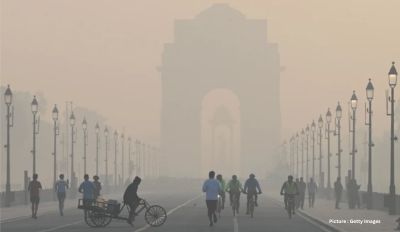As if we don’t have enough to worry about, climate change is becoming an increasing burden on humanity. The year 2020 tied with 2016 as the warmest on record, according to an arm of the European Commission. (NASA will release its own assessment, using slightly different measurements, later this month.) According to the European assessment, every year since 2015 has been warmer than every year before it, based on records going back to the late 1800s.
Global average temperatures tied with 2016 at 0.6°C above the long-term average – despite the absence of an El Niño event, a climate phenomenon that has a warming effect. There was an El Niño in 2016.
Europe, by contrast, demolished records by a wide margin, at 1.6°C above the long-term average. This compared with 2019’s 1.2°C above the average – itself record-breaking at the time. Norway and Sweden both had their hottest years on record.
Although the figures today from European Earth observation programme Copernicus place 2020 as joint hottest globally, aggregated data from other major temperature data sets including those of US agencies NASA and NOAA, and the UK Met Office – expected next Thursday – may yet relegate it to the second or third warmest.
Copernicus’s 2020 figures show a clear north-south split, with below-average temperatures in the southern hemisphere and above-average ones in the northern hemisphere. Siberia and other parts of the Arctic were exceptionally warm, at 3-6°C above average in some regions.
“The year 2020 was extreme for the Arctic, even compared to the past 20 years,” said the US National Snow and Ice Data Center in a statement on Tuesday. That led Arctic sea ice to shrink to its second-lowest extent on record in September 2020.
Figures published this week by Mark Parrington at Copernicus also show that, while media attention focused on exceptional blazes in the US and Australia, globally wildfires were at one of their lowest levels in two decades due to below-average fires in Africa.
Separately, the UK Met Office today said it expects carbon dioxide levels in the atmosphere this year to pass the milestone of being 50 per cent higher than before the industrial revolution, reaching 417 parts per million between April and June, when seasonal CO2 levels peak.
(Picture Courtesy: KBTX News)










